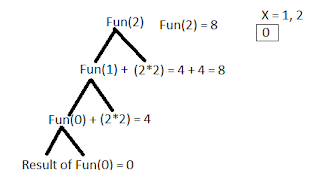Python is a high-level and most popular programming language. it was created by Guido van Rossum, and released on February 20, 1991.
Uses of python:-
It is used for general-purpose
programming like
·
Mathematics
·
System scripting
·
Software development
·
Web development
Why python?
- Python works on different-different platforms like Windows, Mac, Linux, etc.
- It
has a simple syntax.
- It
has a syntax that allows developers to write the program with fewer lines than
some other programming language.
- It
has an object-orientated way or a functional way.
What can do python?
- It
can connect to the database system and also read and modify files.
- It
is used on the server to create the server-side application.
- It
is used alongside software to create workflows.
- It
is used to handle big data and performed complex mathematics.
Syntex in python:-
The syntax is the set of rules that defines how a Python program will be written and interpreted by both runtime systems and human readers.
- Python uses new lines to complete commands, as opposed to other programming languages
which often use semicolons or parentheses.
- It
relies on indentation, using whitespace, to define the scope of the loop,
function, and classes. Other programming languages often use curly-brackets
for this purpose.
Example:-
print("Hello Python")

















